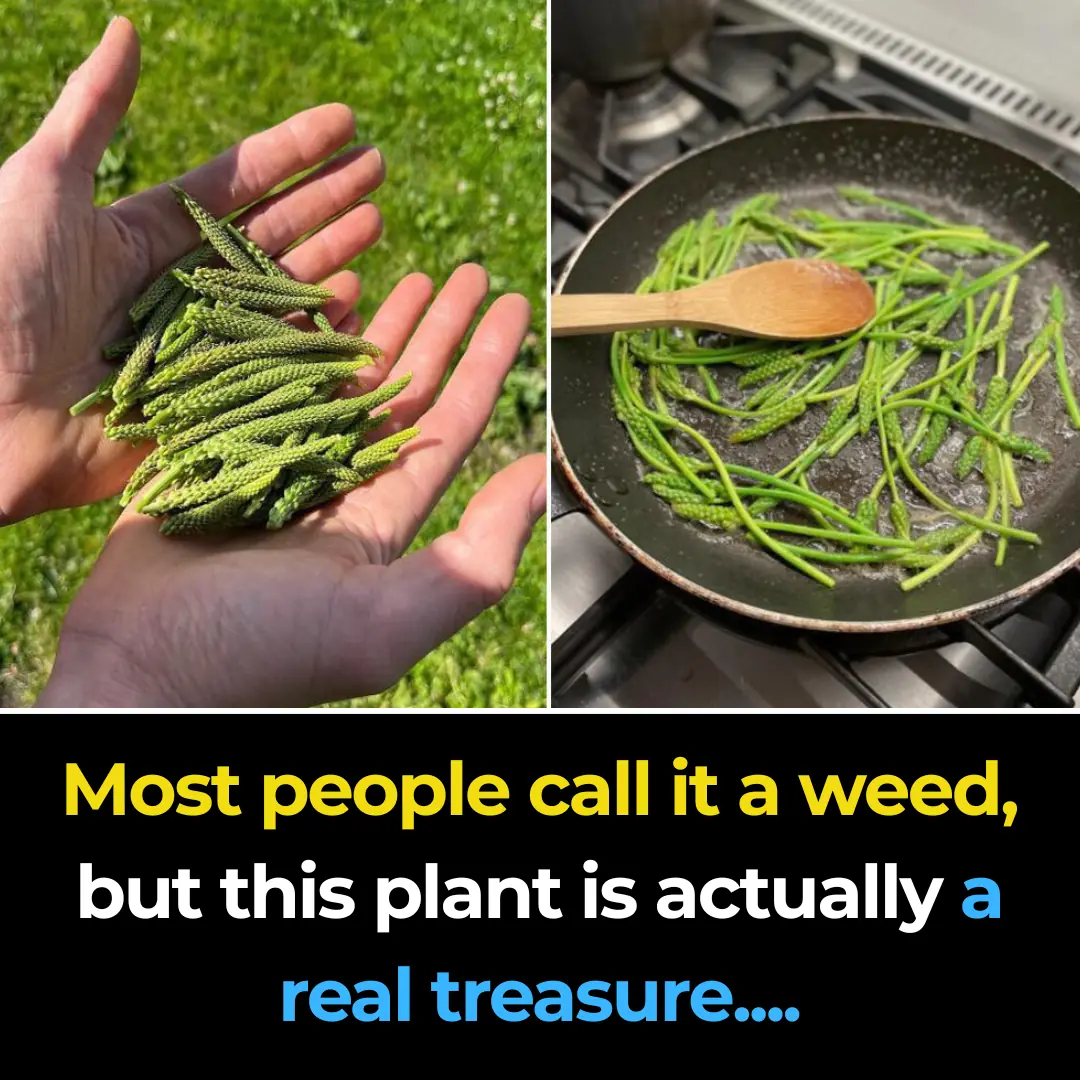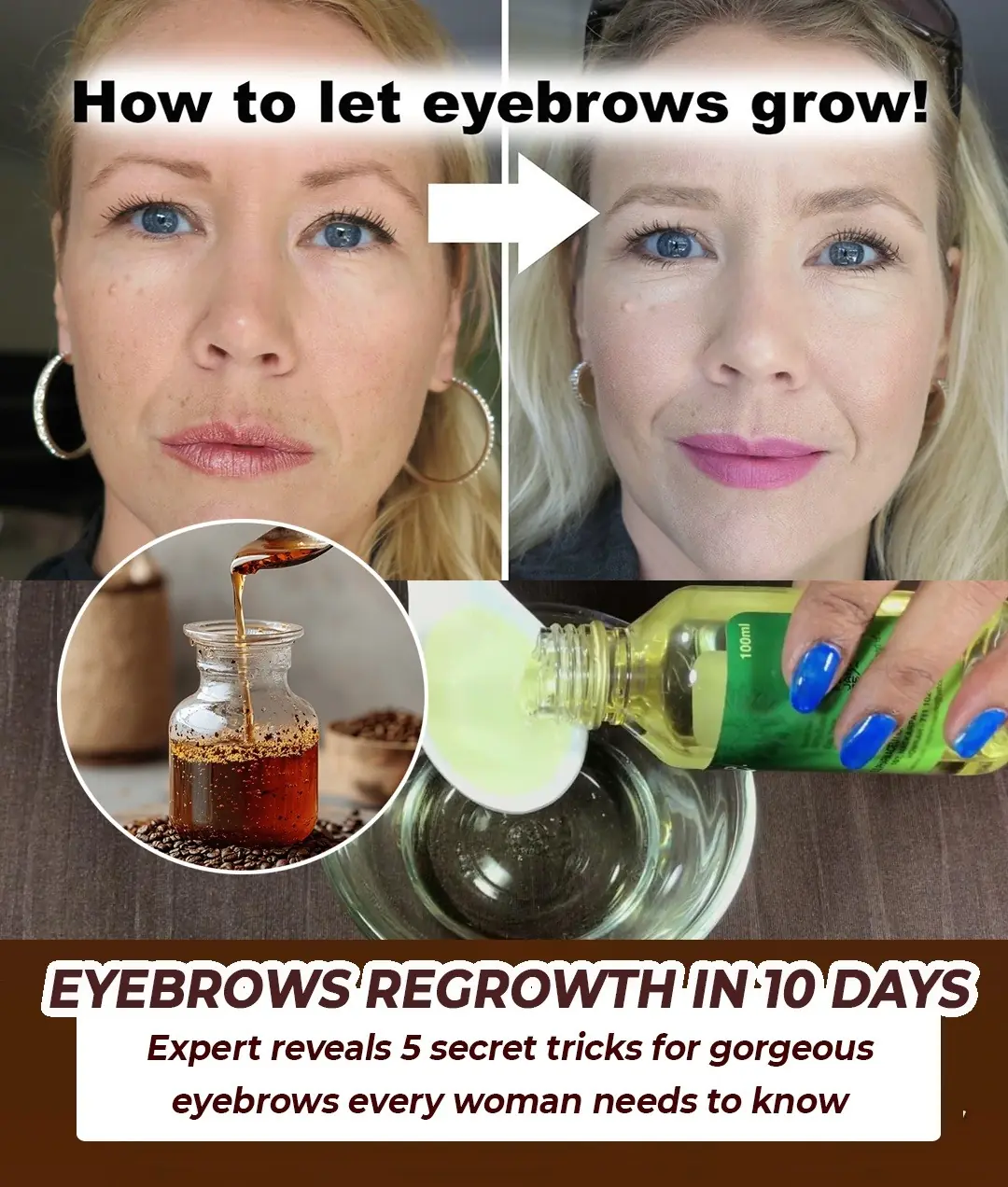
Popular Drink Could Be Permanently Staining Your Teeth

For many of us, mornings don’t really begin until we’ve taken that first glorious sip of coffee. It’s warm, energizing, and let’s face it — basically essential for surviving early meetings, chaotic commutes, or school drop-offs.
But while your daily brew might be a lifesaver for your schedule, it could be quietly damaging your teeth behind the scenes. From enamel erosion to deep staining, your favorite beverage might be doing more than just waking you up.
Before you panic and toss your coffee mug in the trash, take a breath. You don’t have to give up caffeine completely — but understanding the effects of coffee on your teeth can help you make smarter choices.
☕ Why Coffee Can Be Tough on Your Teeth
Coffee isn’t just dark and delicious — it’s also full of chromogens, pigment-producing compounds responsible for that rich color. The problem? These pigments are clingy — especially to your enamel, the hard outer layer of your teeth.
Over time, chromogens stick to microscopic cracks and imperfections in the enamel, leaving behind stubborn, yellow-brown stains that brushing alone can’t completely remove.
But that’s not all. Coffee is also naturally acidic. That acidity gradually wears down enamel, making it thinner and more porous. Once enamel is weakened, it’s easier for stains to penetrate deeper — and for the yellow dentin layer underneath to start showing through.
👉 That’s why even people who brush regularly can notice their teeth looking dull, stained, or slightly yellow over time.
🚫 It’s Not Just Coffee You Should Worry About
While coffee is the most common culprit, it’s definitely not the only one affecting your smile. Other beverages and even some foods can have a similar impact:
-
Red wine – High in both chromogens and tannins, which make stains stick harder.
-
Dark sodas – Packed with sugar, acid, and coloring agents.
-
Citrus juices – Think orange, grapefruit, or lemon juice — all of which are highly acidic.
-
Sports drinks and flavored waters – Often surprisingly acidic, even if they seem “healthy.”
-
Black tea – Yes, it stains too — sometimes even more than coffee due to its tannin content.
Even healthy habits can have unintended side effects when it comes to your smile.
🍬 What Makes It Worse: Sugar, Cream & Flavor Syrups
Love your coffee sweet and creamy? You might be unknowingly doubling down on the damage.
Sugar and syrups feed oral bacteria, which produce even more acid. That acid then speeds up enamel erosion, making your teeth even more vulnerable to staining.
For example:
That dreamy caramel macchiato or vanilla latte might taste amazing, but it’s a triple threat: acidic, sugar-loaded, and stain-inducing.
🪥 Brushing Helps — But It Has Its Limits
Daily brushing and flossing are essential for healthy teeth, but they can’t always reverse coffee stains — especially if enamel has already started eroding.
Over-the-counter whitening strips or professional whitening treatments can help brighten your smile temporarily, but if coffee (or wine, or soda) is still part of your routine, the stains are likely to return.
Important tip: Avoid brushing immediately after drinking anything acidic. Your enamel is slightly softened right after exposure to acid, so brushing too soon can actually do more harm than good. Wait at least 30 minutes before brushing.
✅ How to Protect Your Teeth — Without Giving Up Coffee
The good news? You don’t have to ditch your beloved cup of joe. Here are a few smart habits to help protect your teeth while still enjoying your daily caffeine fix:
1. Drink Through a Straw (Yes, Even With Coffee)
Especially for iced coffee or cold brew, using a straw reduces contact between the coffee and your teeth — which minimizes staining.
2. Rinse Your Mouth with Water
After finishing your drink, swish water around your mouth to help wash away acids and pigments. It’s quick, easy, and incredibly effective.
3. Skip the Sugar & Syrups
Go for unsweetened or lightly sweetened coffee. If you need creaminess, opt for milk or unsweetened non-dairy alternatives that are lower in sugar.
4. Time Your Brushing Wisely
Brush at least twice a day, but remember to wait 30–60 minutes after acidic drinks. In the meantime, chewing sugar-free gum can stimulate saliva, which helps neutralize acid naturally.
5. Don’t Sip All Day
The longer your teeth are exposed to coffee, the greater the risk of staining. Try to enjoy your coffee in one sitting rather than sipping slowly over several hours.
6. Get Regular Dental Cleanings
Your dentist can help remove surface stains and check for early signs of enamel wear. Cleanings every 6 months (or more frequently if needed) are key to maintaining a bright, healthy smile.
7. Use a Whitening Toothpaste (With Caution)
Whitening toothpaste can help reduce surface stains, but be careful with abrasive formulas — they can wear down enamel if overused. Look for gentle, enamel-safe options recommended by dental professionals.
🫖 Looking for Gentler Alternatives?
If you’re thinking about cutting back on coffee, here are a few tooth-friendly alternatives that might still satisfy your warm-beverage cravings:
-
Green tea – Lower in chromogens and acidity than black tea or coffee.
-
Herbal tea – Naturally caffeine-free and non-acidic.
-
Cold brew coffee – Less acidic than hot brewed coffee, making it slightly easier on your enamel.
-
Golden milk (turmeric lattes) – Anti-inflammatory and enamel-safe when made without sugar.
☀️ Final Sip: Can You Keep Your Coffee and Your Smile?
The answer is yes. Coffee doesn’t have to ruin your smile — but it does require a little awareness and a few extra steps in your daily routine.
By staying hydrated, reducing sugar, timing your brushing, and getting regular cleanings, you can enjoy your morning ritual and maintain a bright, healthy smile.
So go ahead and pour that next cup. Just remember to sip smart — your teeth will thank you.
News in the same category


Revitalize your skin with this rice gel
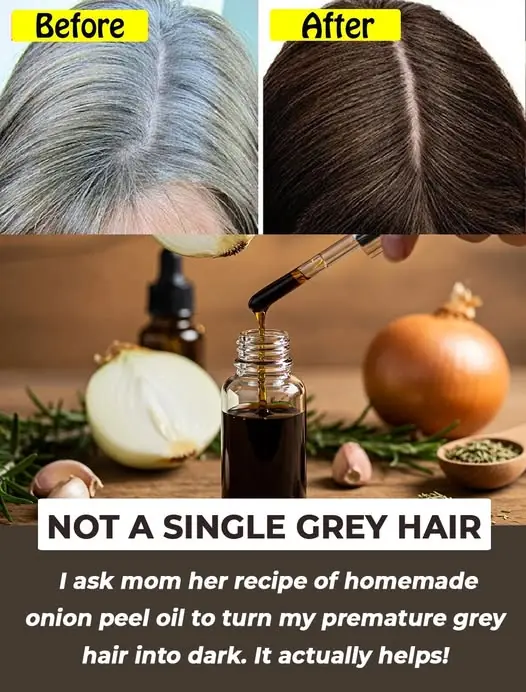
Homemade roasted onion peel for grey hair: A Natural Solution for Vibrant, Darker Hair
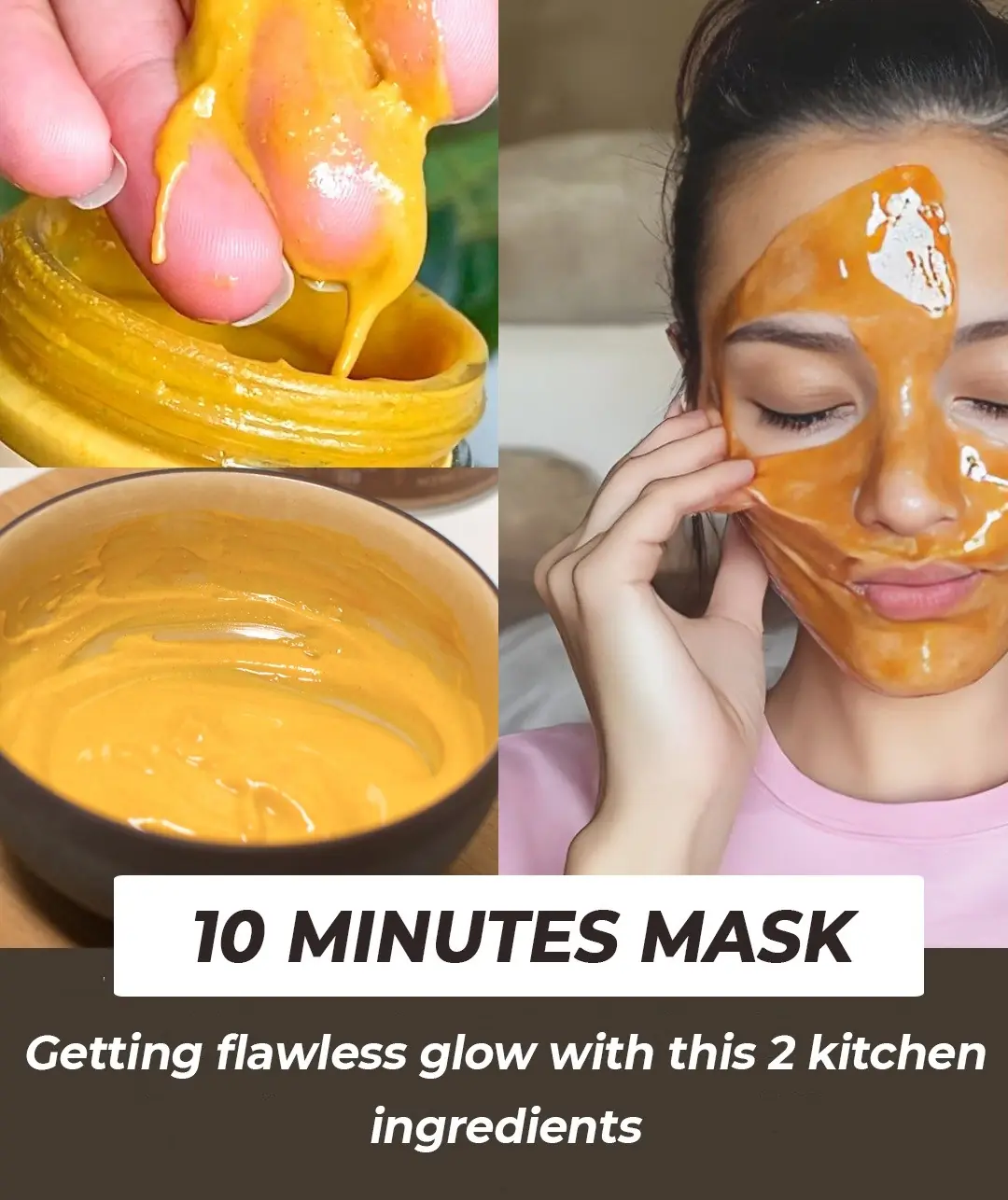
DIY 2-Ingredient Face Masks for Crystal Clear, Flawless Skin
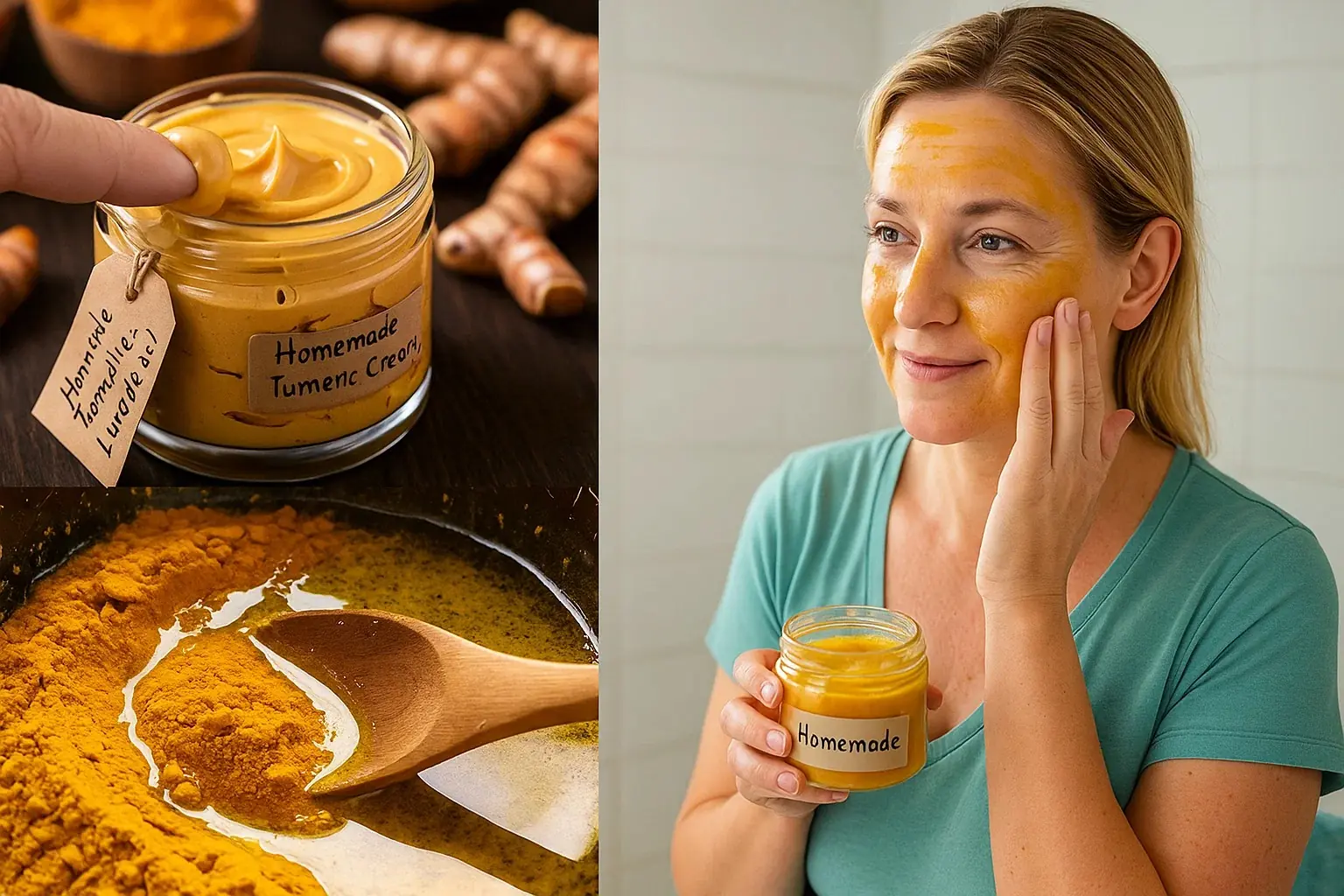
Turmeric Beauty Hack: Homemade Gel That Revitalizes Skin and Keeps You Ageless
With just a few natural ingredients, you can create a skincare product that nourishes, rejuvenates, and protects your skin without the need for harsh chemicals or expensive treatments.

Bhringraj + Hibiscus: The Natural Hair Growth Duo Every Woman Should Try
Bhringraj and Hibiscus represent centuries of natural wisdom in hair care, providing a safe and effective way to restore your hair’s natural beauty and strength. T
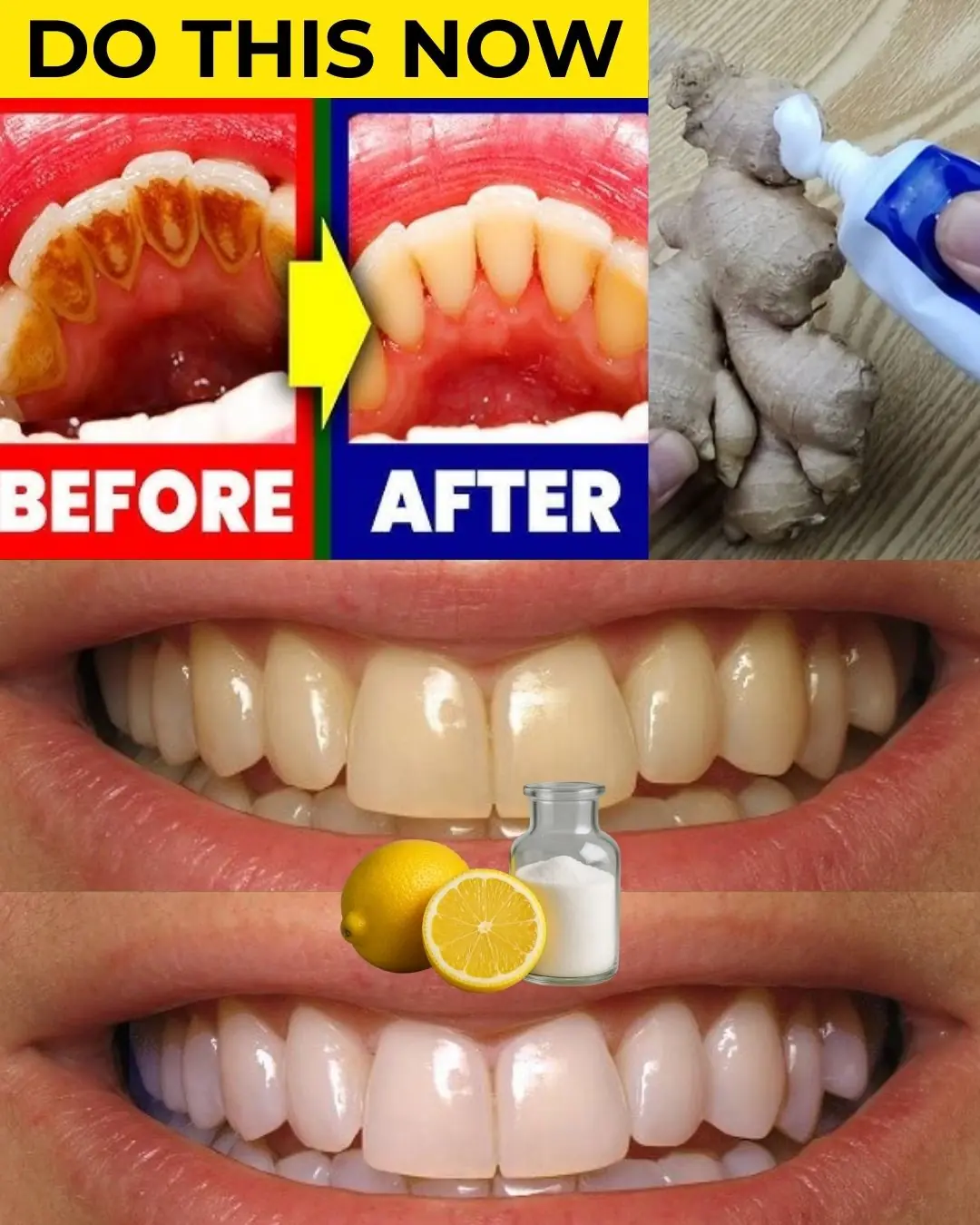
11 Natural Ways to Whiten Teeth at Any Age (No Bleach Needed!)
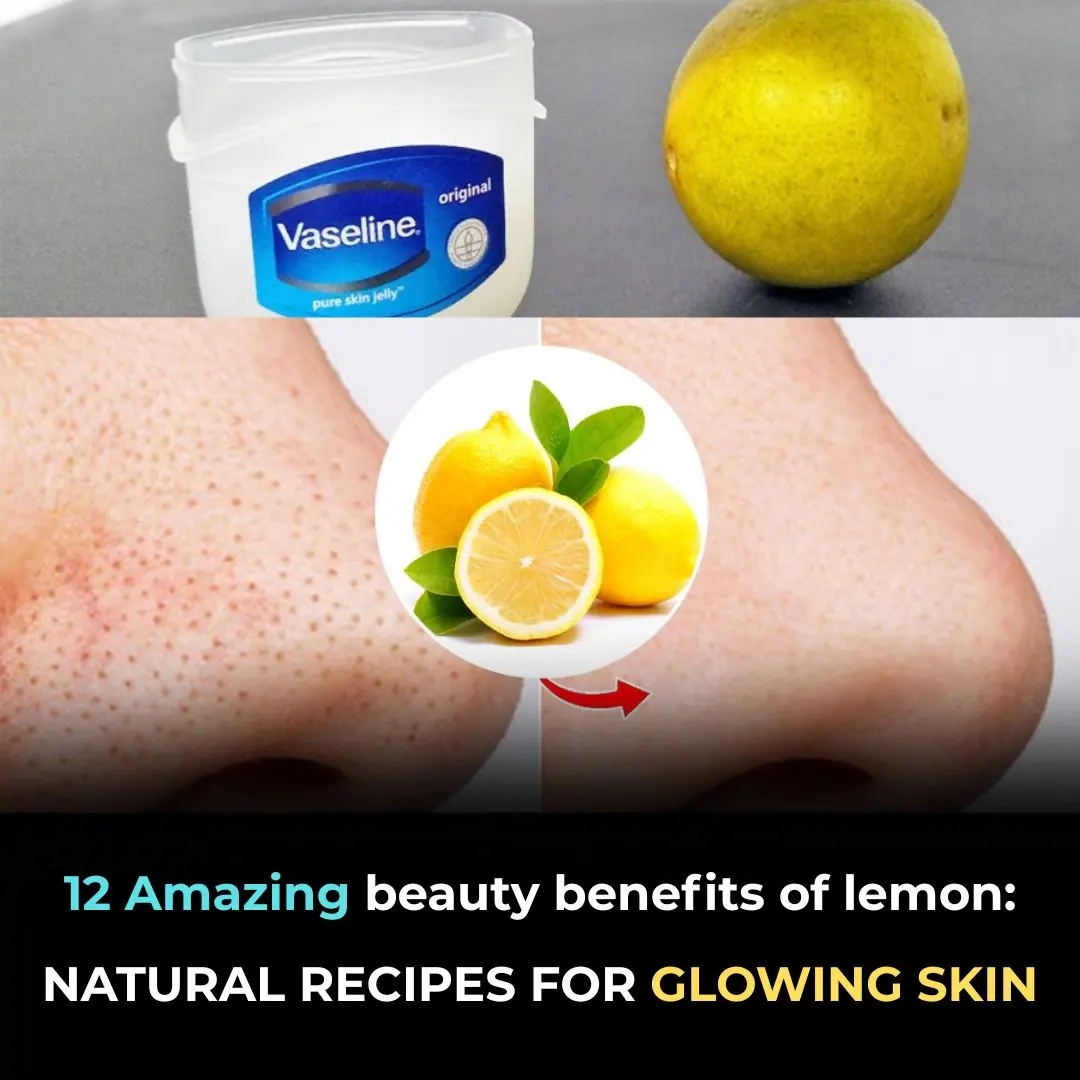
Top 5 Amazing Tips for getting rid of Blackheads and Whiteheads

The Best Natural Home Way to Get Thick and Strong Eyebrows, Long Lashes in 7 Days with Clove Remedy
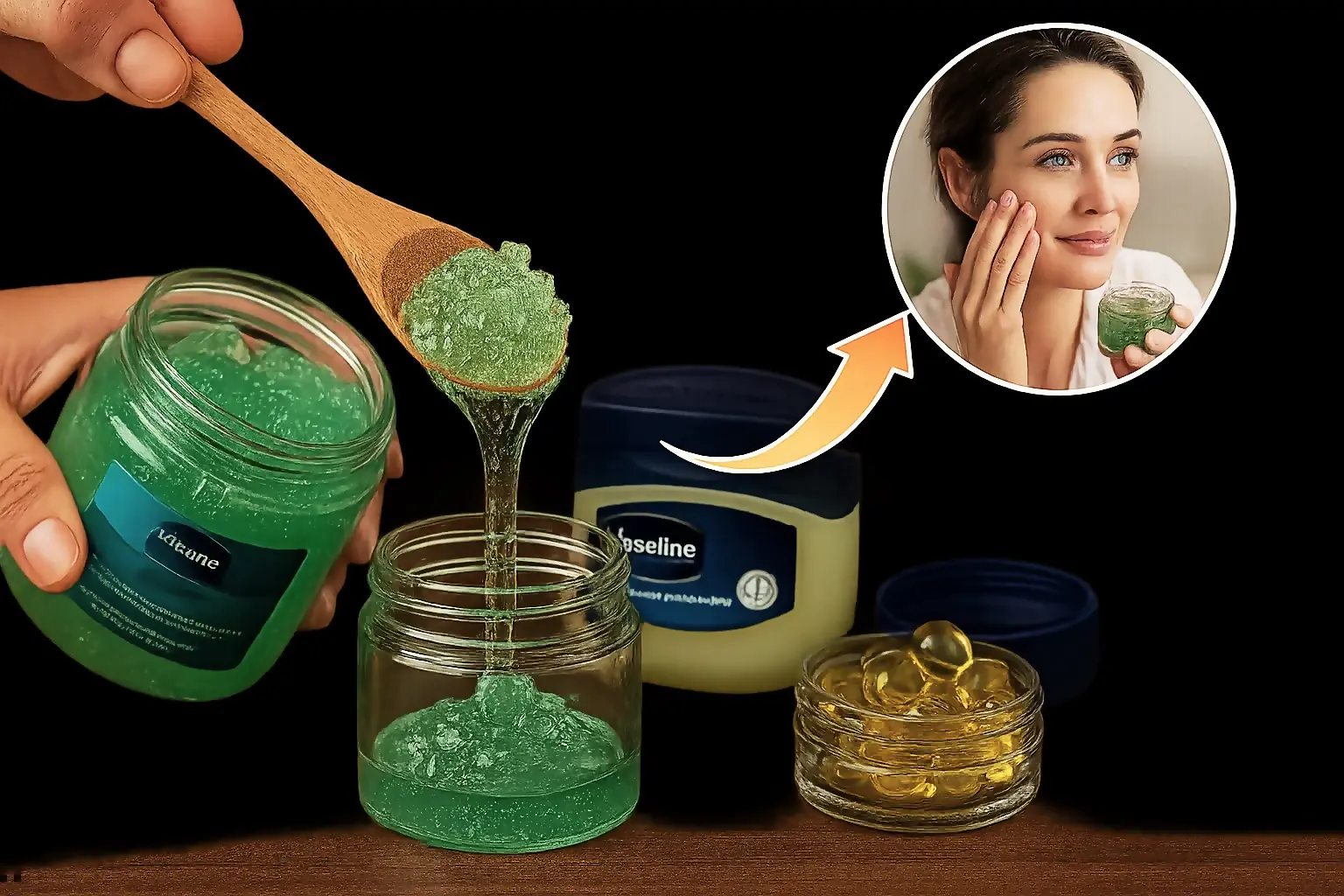
Turn Vaseline into an Anti-Aging Cream with Just One Simple Oil
Creating your own anti-aging balm using Vaseline and various essential oils is a simple yet effective way to target wrinkles, fine lines, and sagging skin.
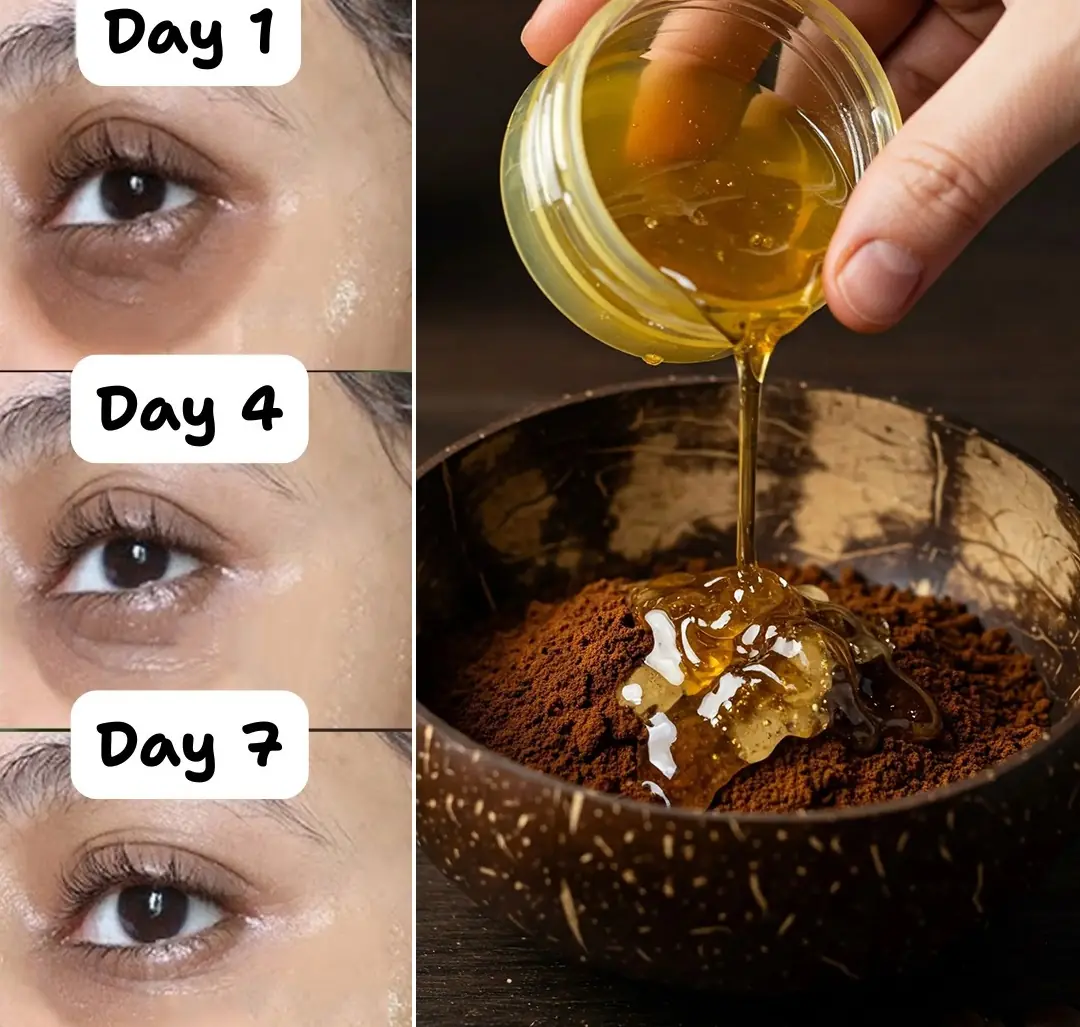
Say Goodbye to Dark Circles with Coffee: A Simple DIY Remedy for Youthful Eyes
Coffee is more than just a morning energizer - it’s a powerful natural ally in your skincare arsenal, especially for combatting dark circles and puffiness.
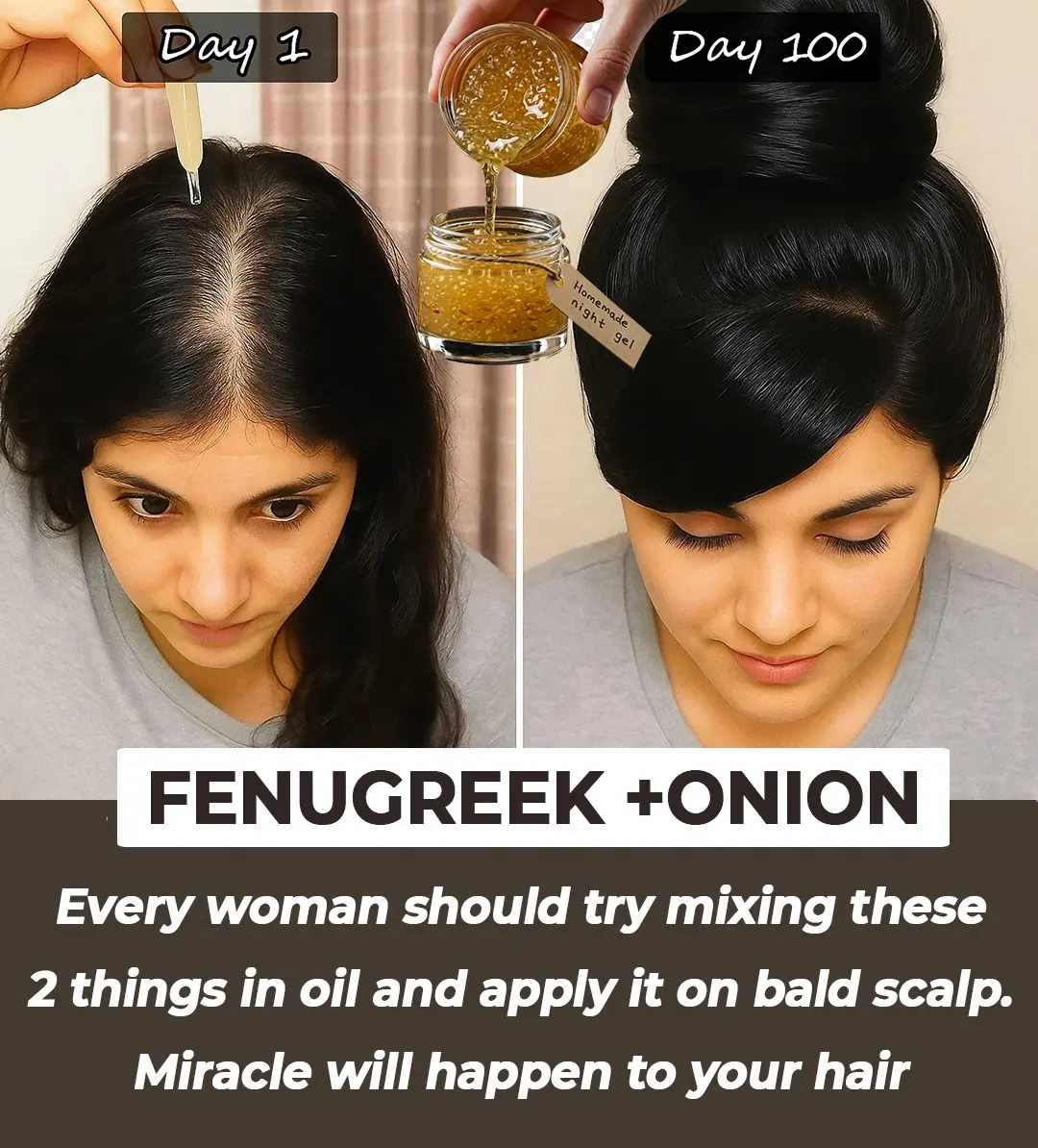
The Ultimate DIY Fenugreek Hair Mask to Stop Hair Fall and Boost Growth
By incorporating fenugreek into your regular hair care routine, along with other nourishing ingredients, you’ll be well on your way to achieving the hair you’ve always wanted. With patience and consistency, you’ll notice healthier, thicker, and more
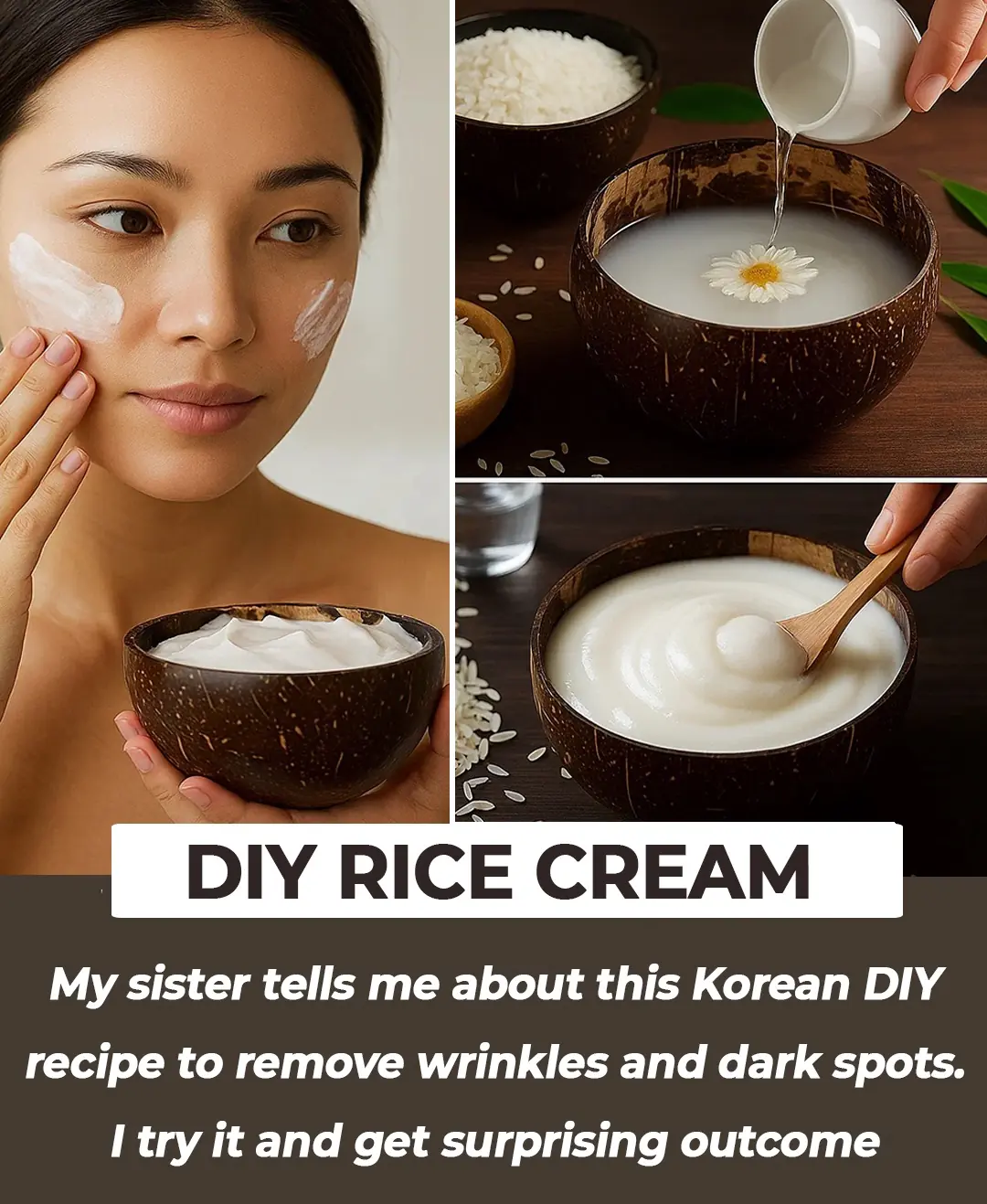
DIY Korean Rice Cream: Secret to Youthful, Smooth, and Wrinkle-Free Skin
This cream helps to prevent dryness, flakiness, and tightness, ensuring that your skin remains hydrated and nourished.
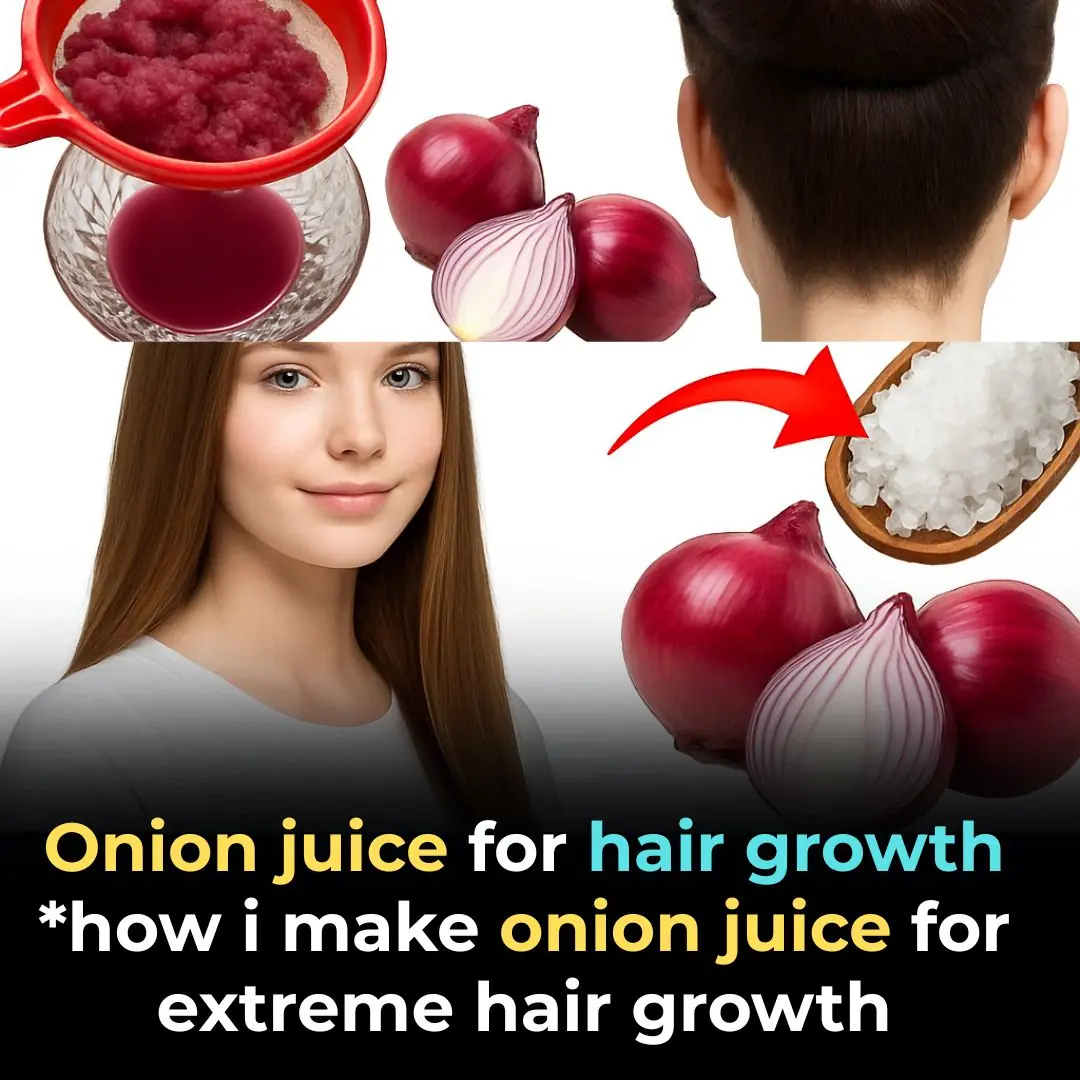
Onion Juice for Hair Growth: What Just 7 Days Can Do for Your Scalp

DIY Potato Facial Wash That Brightens, Clears, and Transforms Your Skin Instantly
This potato-based DIY facial wash proves that skincare doesn’t have to be complicated or expensive. With just a few ingredients, you can create a cleanser that rivals high-end products in effectiveness.

I Tried CLOVES on My Hair for 7 Days—The Transformation Was Shocking!
Cloves won’t make your hair grow inches overnight, but they do stimulate circulation, strengthen follicles, and improve scalp health, creating the ideal environment for growth.
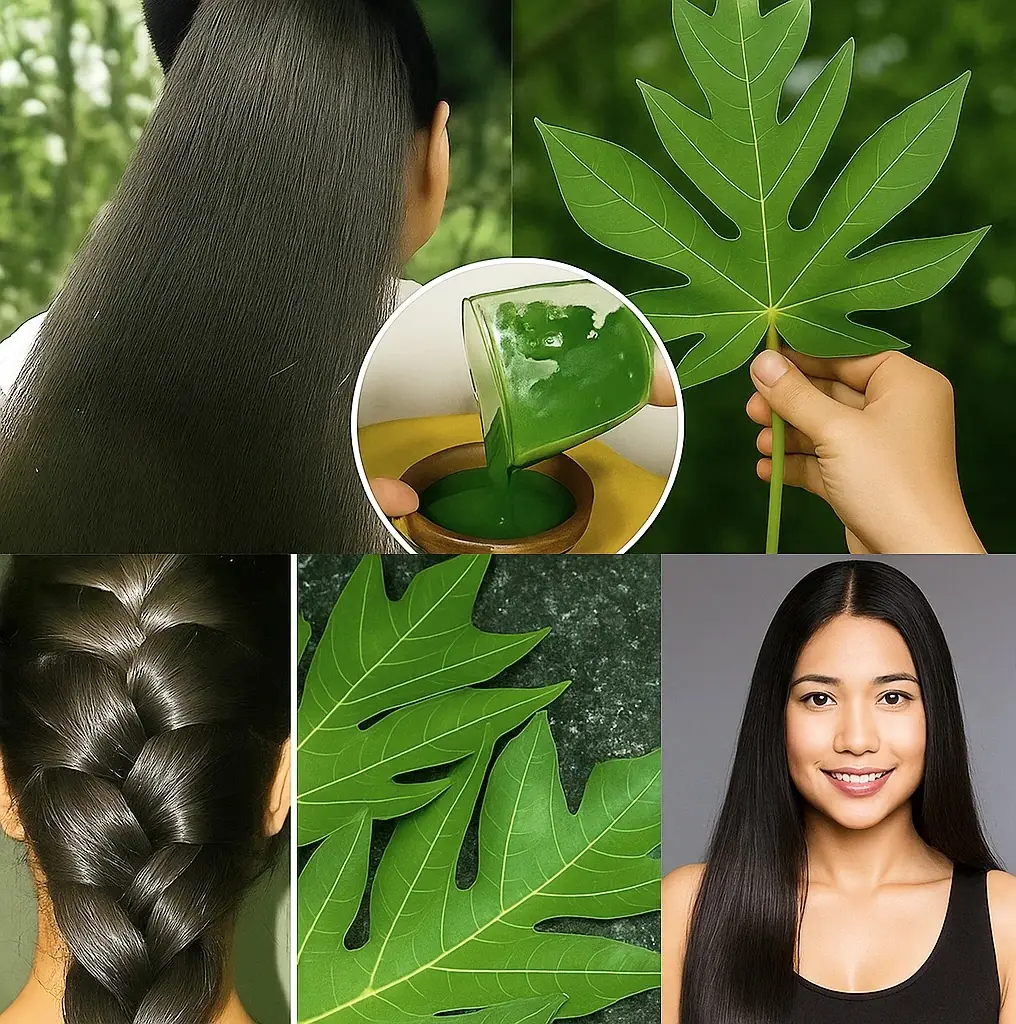
Papaya Leaves and Gray Hair: Can This Tropical Secret Restore Natural Color and Boost Hair Growth?
Papaya leaves are more than a folk remedy—they’re a scientifically supported, cost-effective, and natural way to combat graying and encourage thicker, stronger hair.
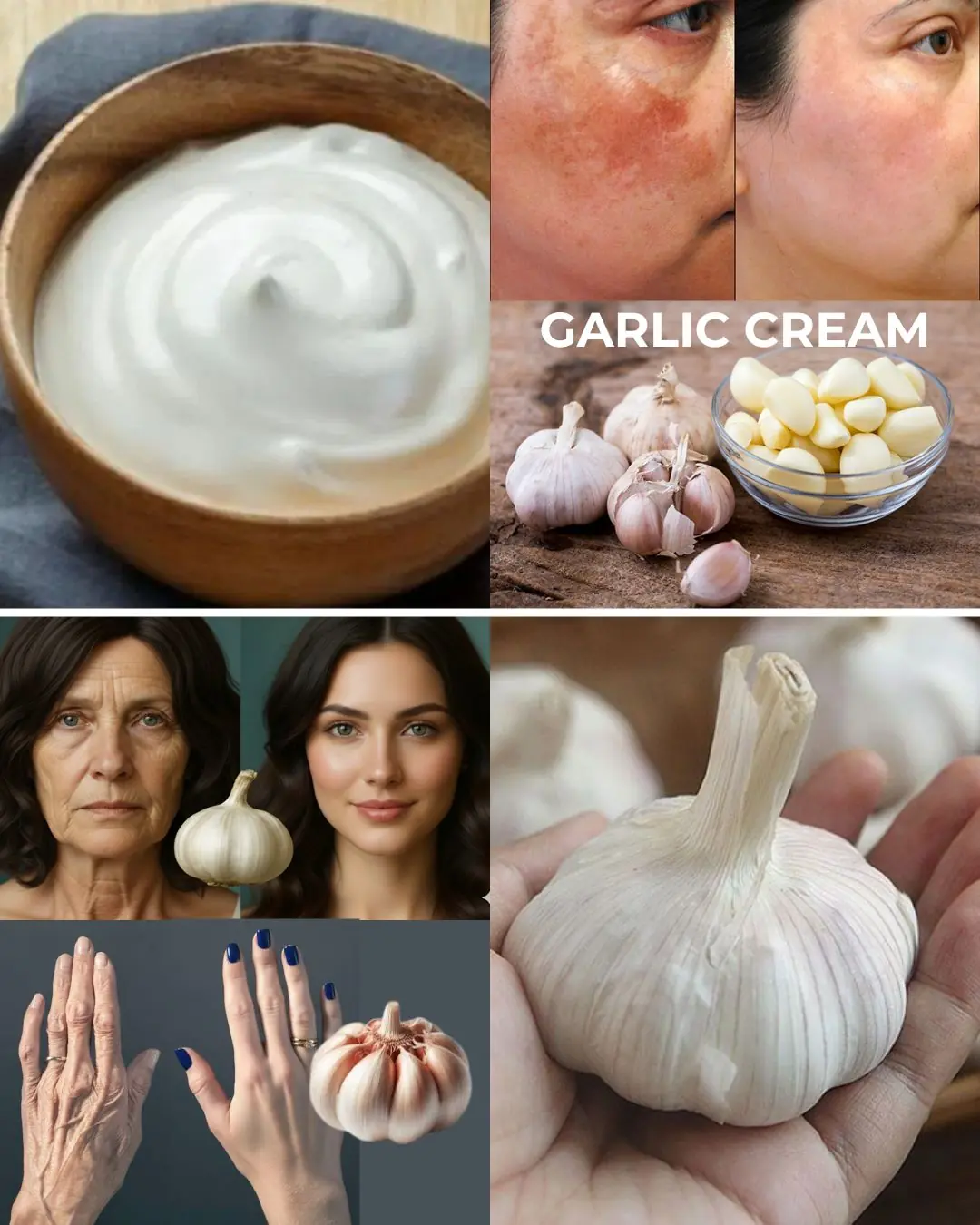
✨ Collagen Stimulation: The Garlic Remedy That Smooths Wrinkles—Even at 70! 🌿
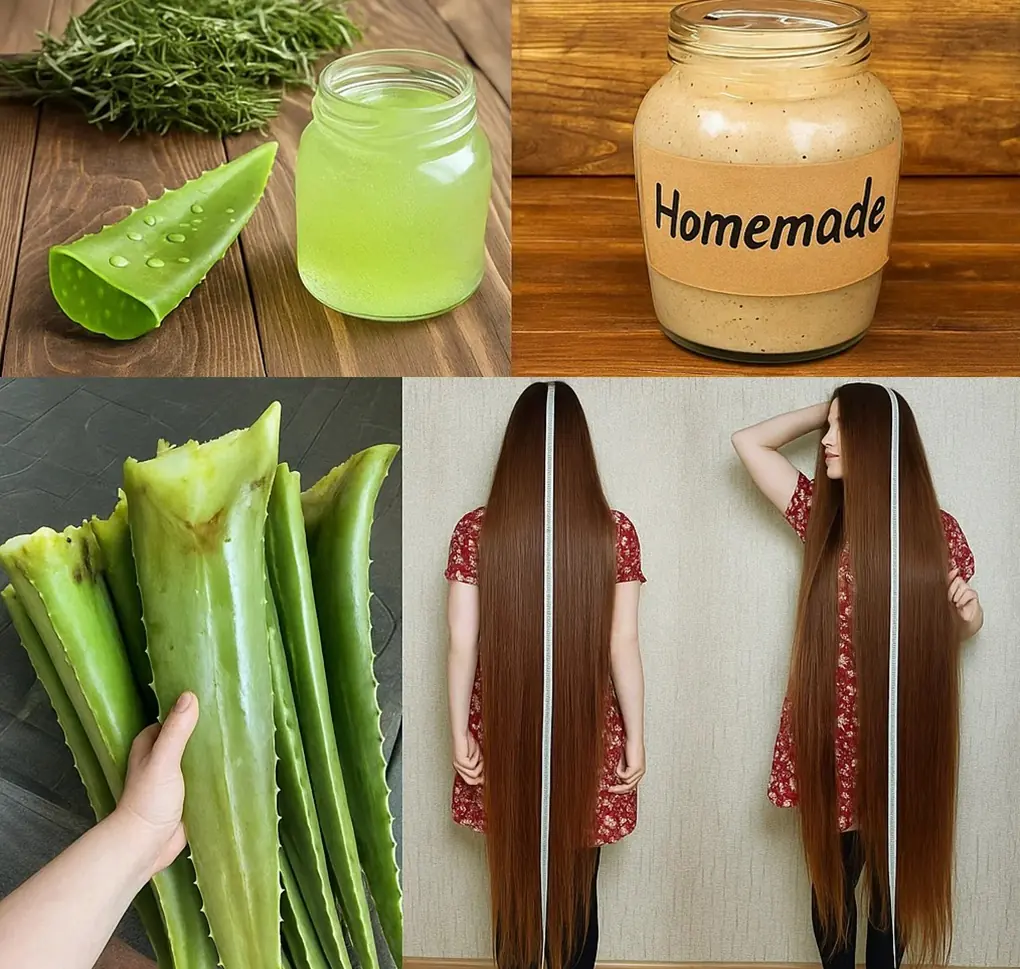
DIY Aloe Vera Shampoo: The Secret to Faster Hair Growth, Deep Hydration, and Flake-Free Scalp
This nourishing blend not only saves you money but also protects your hair from the long-term damage caused by chemical-laden commercial shampoos.
News Post

My Brother Banned Me from Speaking at Our Mother’s Funeral, Saying ‘No One Wants to Hear from the Adopted One’ — He Never Expected What Happened Next
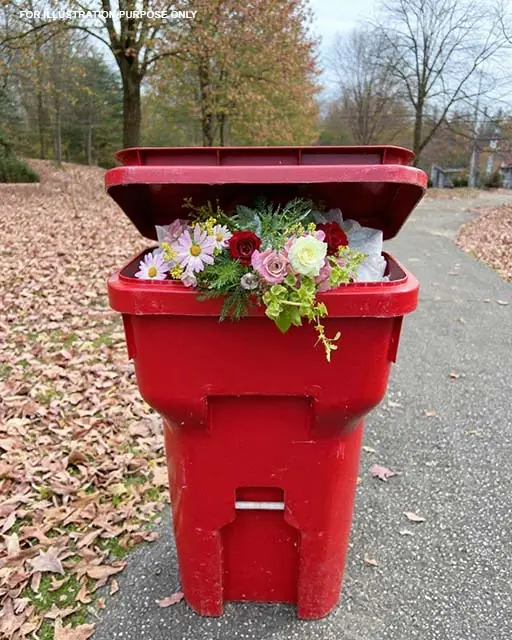
Bride Walked Down the Aisle Smiling — But After Finding a Note Hidden in Her Bouquet, She Turned Around and Ran from the Wedding

9 Months Pregnant, My Husband Threw Me Out for Another Woman, But I Got the Last Laugh

The Man Who Became a Swan Shepherd.

A Valentine’s Gesture That Touched an Entire Community.

A Prom Night 76 Years in the Making.

The Truth About the Thigh Gap: And Why You Don’t Need One to Feel Beautiful

Mosquitoes fear this bowl of water the most—place it in your home and no matter how many mosquitoes there are, they’ll all disappear, letting you sleep peacefully
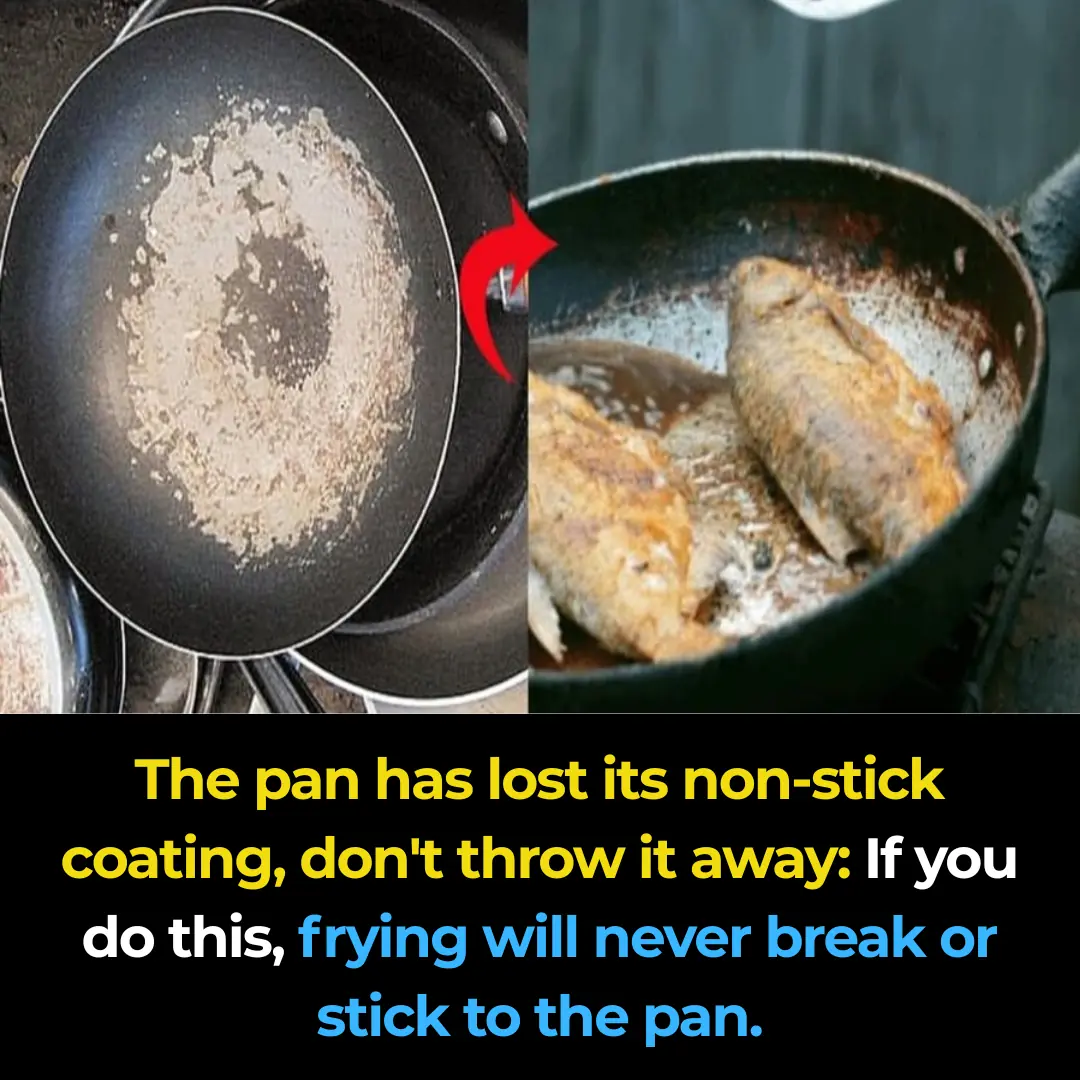
When your pan loses all its non-stick coating, don’t throw it away just yet: Do this and your frying will never stick or fall apart again
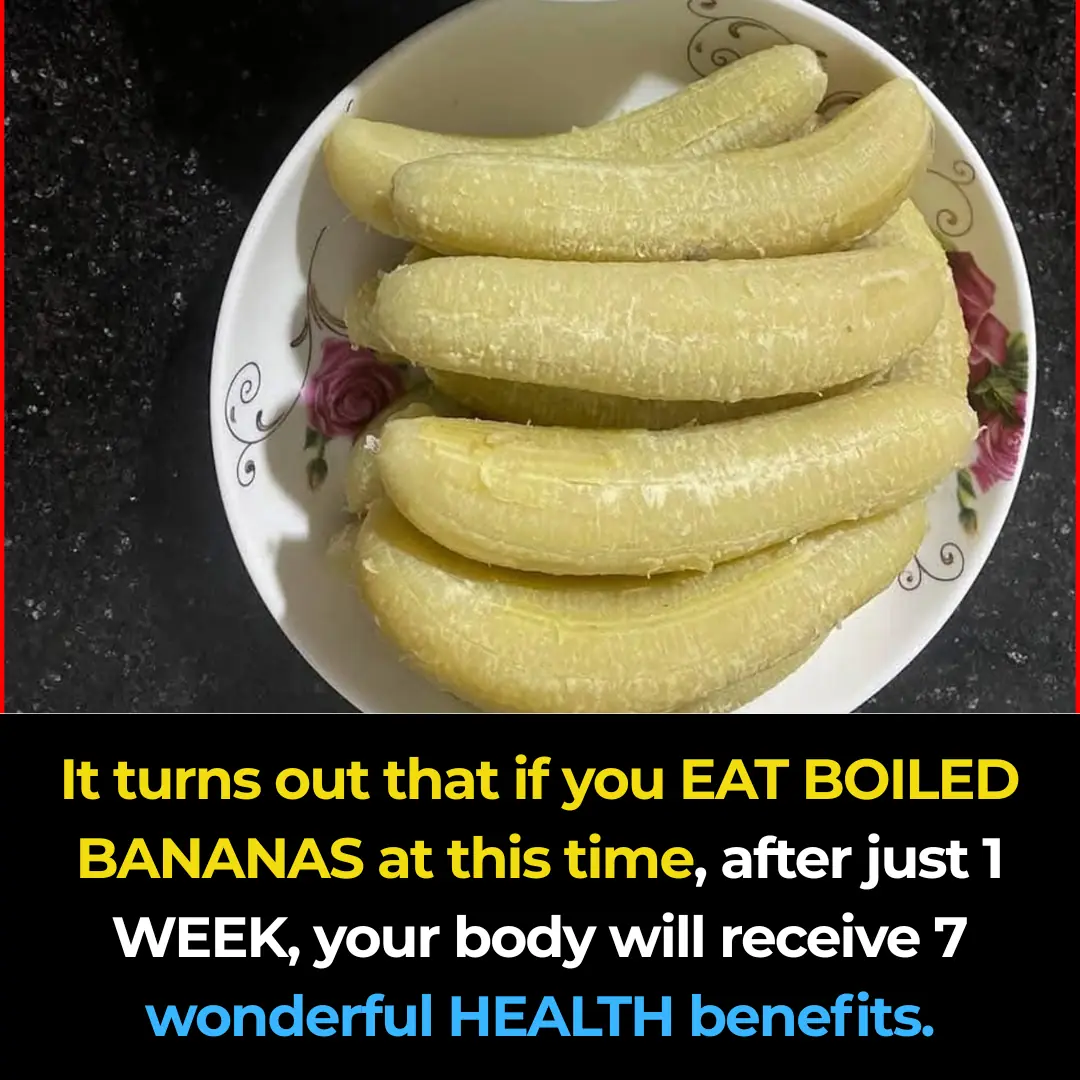
Eat boiled bananas at this time, and after just one week your body will experience 7 changes: excess fat melts away and your skin becomes smoother and brighter
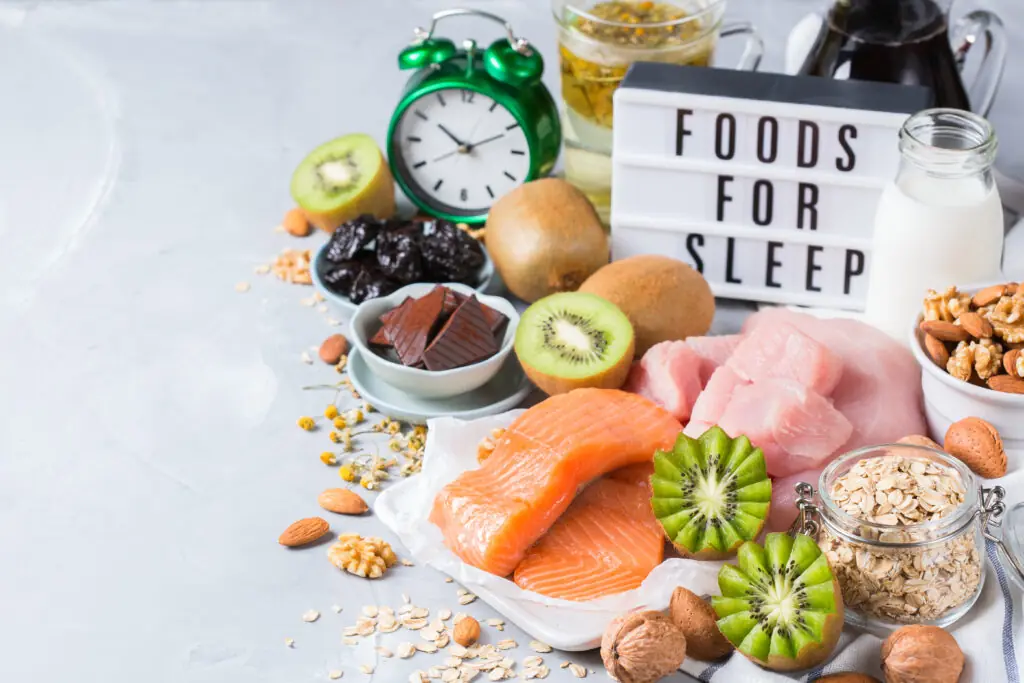
12 Foods With Melatonin You Should Include In Your Dinners To Sleep Like A Baby

White Tongue: What It Means and What You Can Do About It
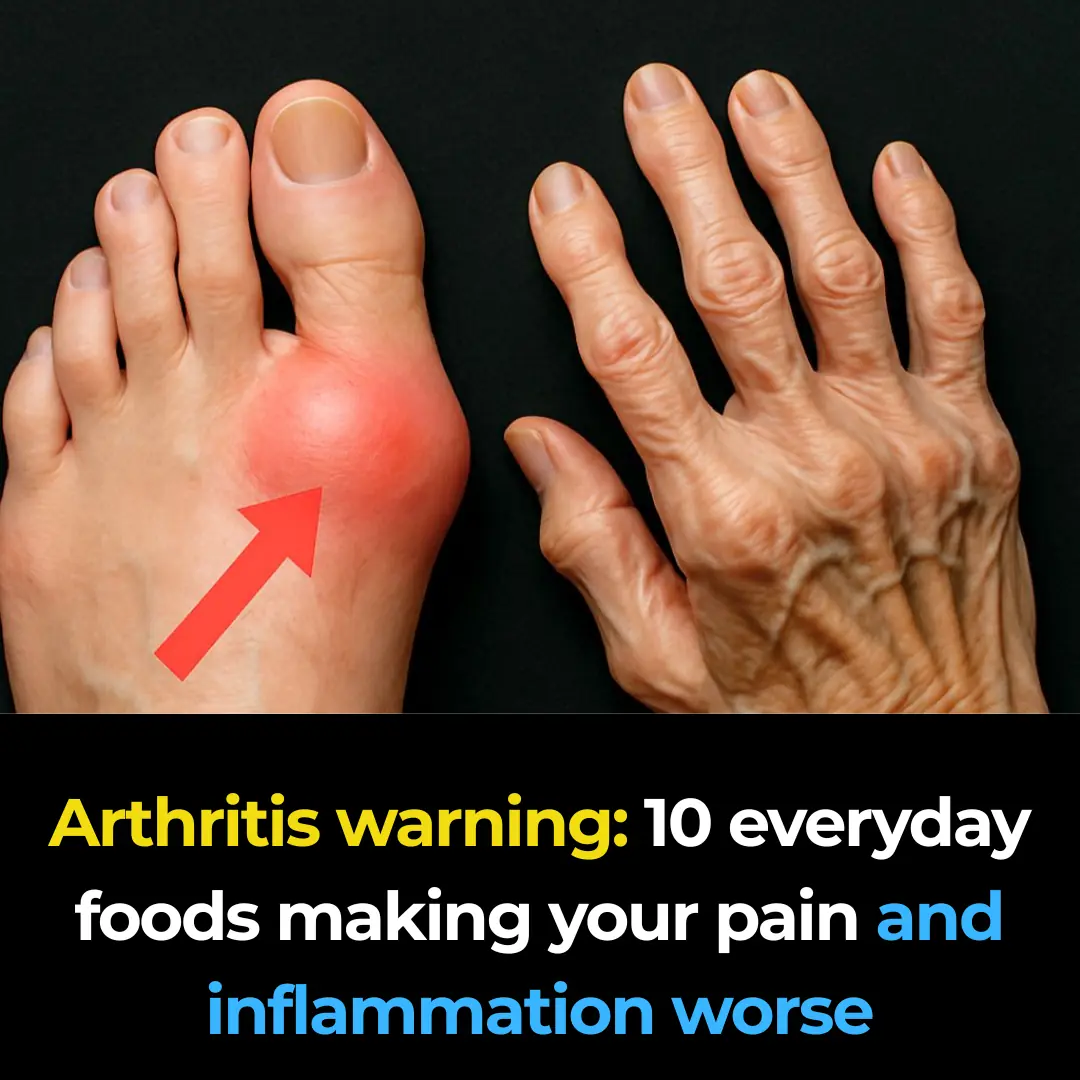
Arthritis warning: 10 everyday foods making your pain and inflammation worse
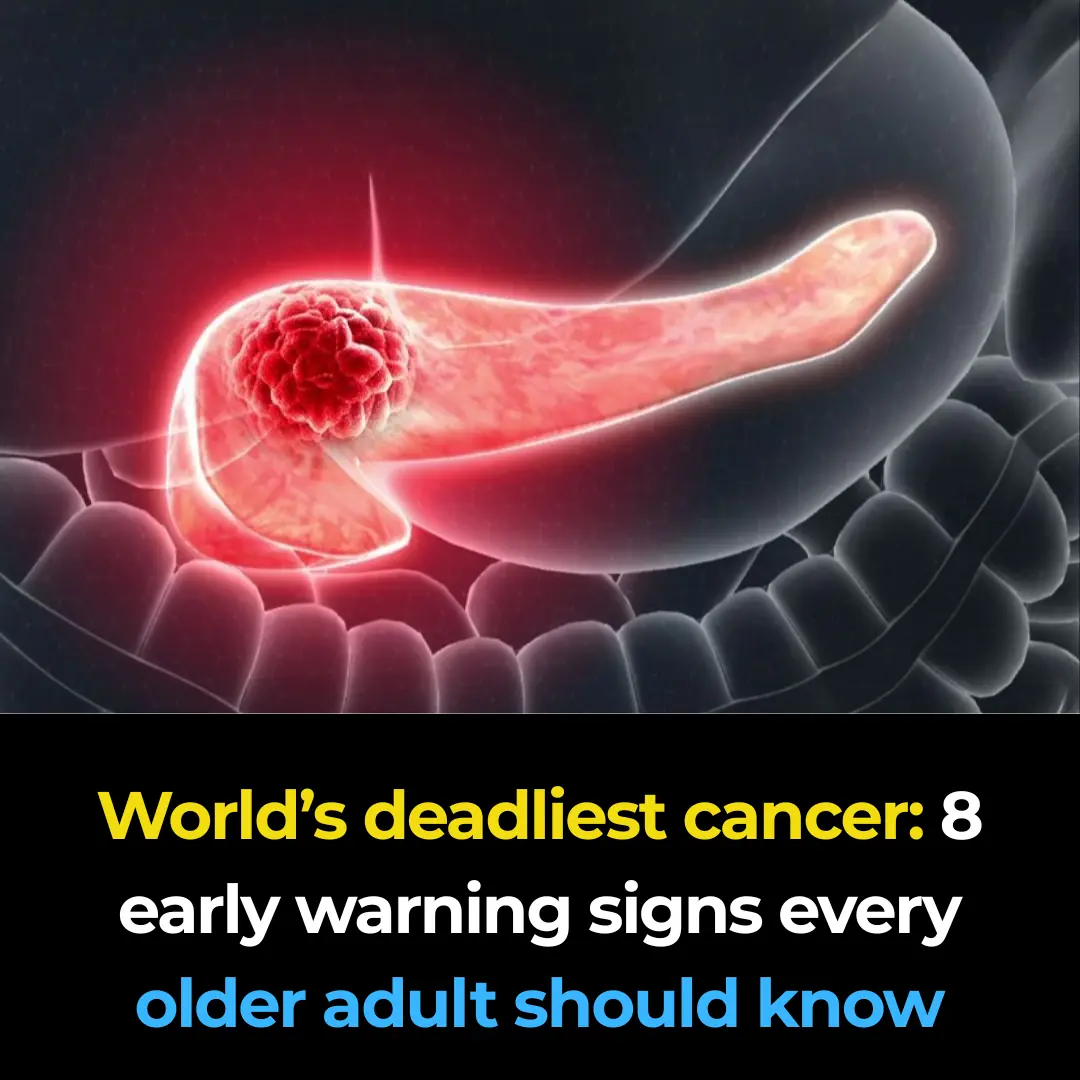
World’s deadliest ca:ncer: 8 early warning signs every older adult should know
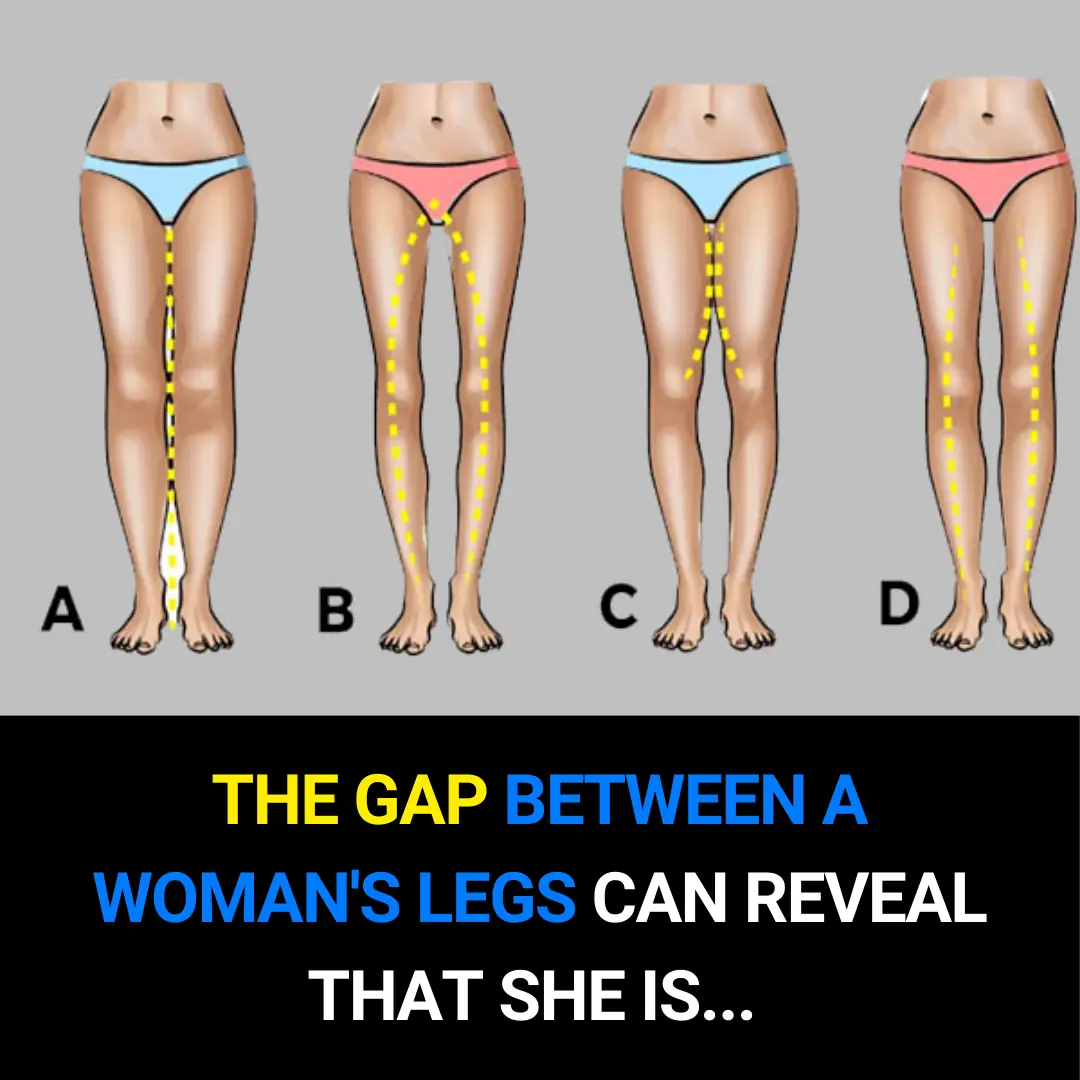
The Truth About the Thigh Gap: And Why You Don’t Need One to Feel Beautiful
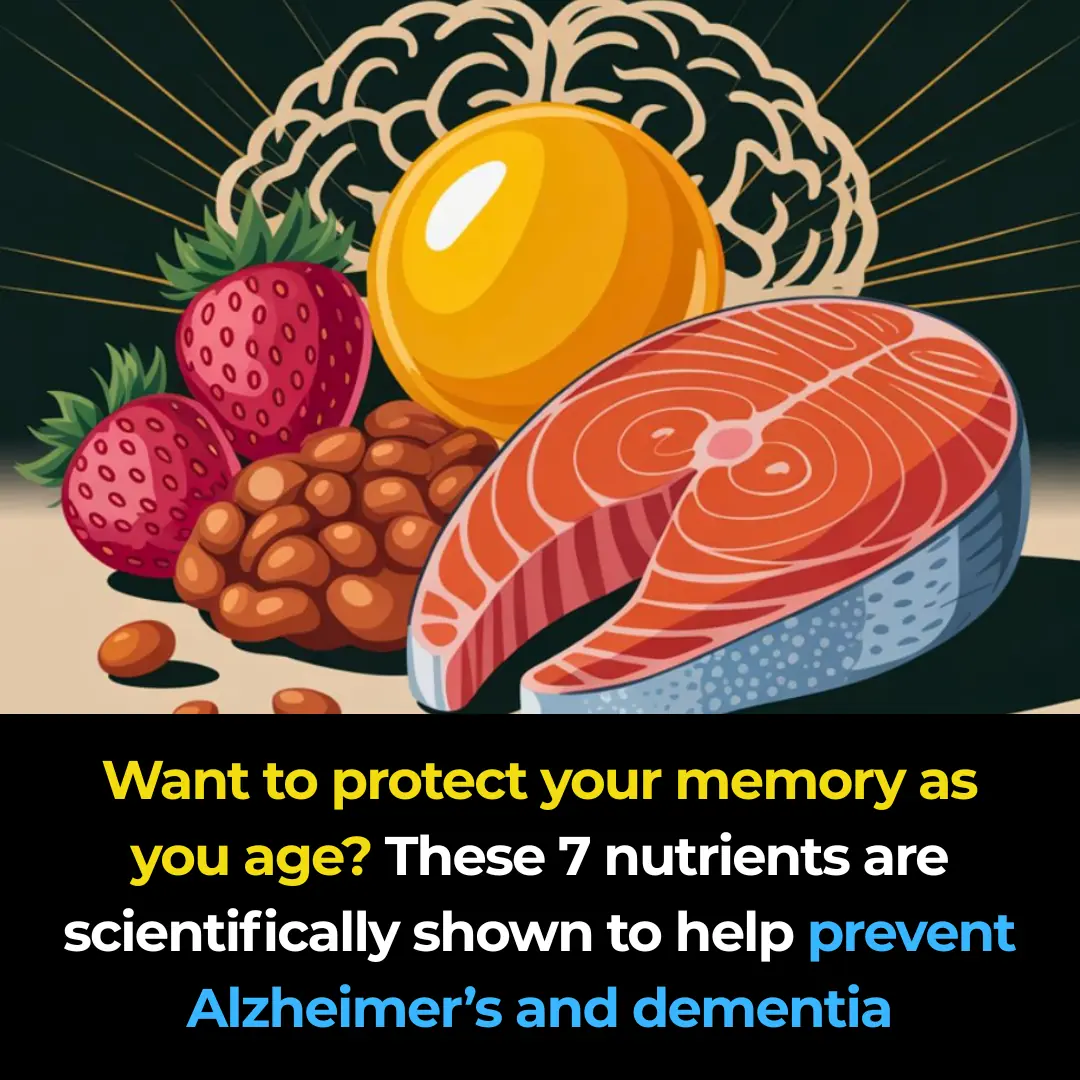
7 Best Nutrients to Prevent Alzheimer’s and Dementia
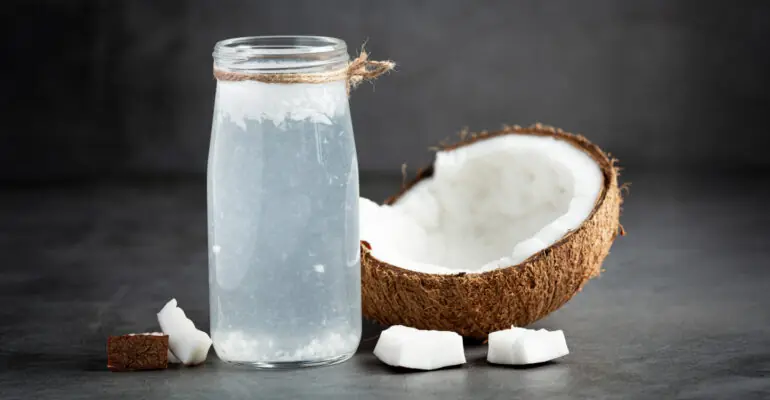
Coconut Water: Healthy Drink or Hidden Risk? Who Should Avoid It
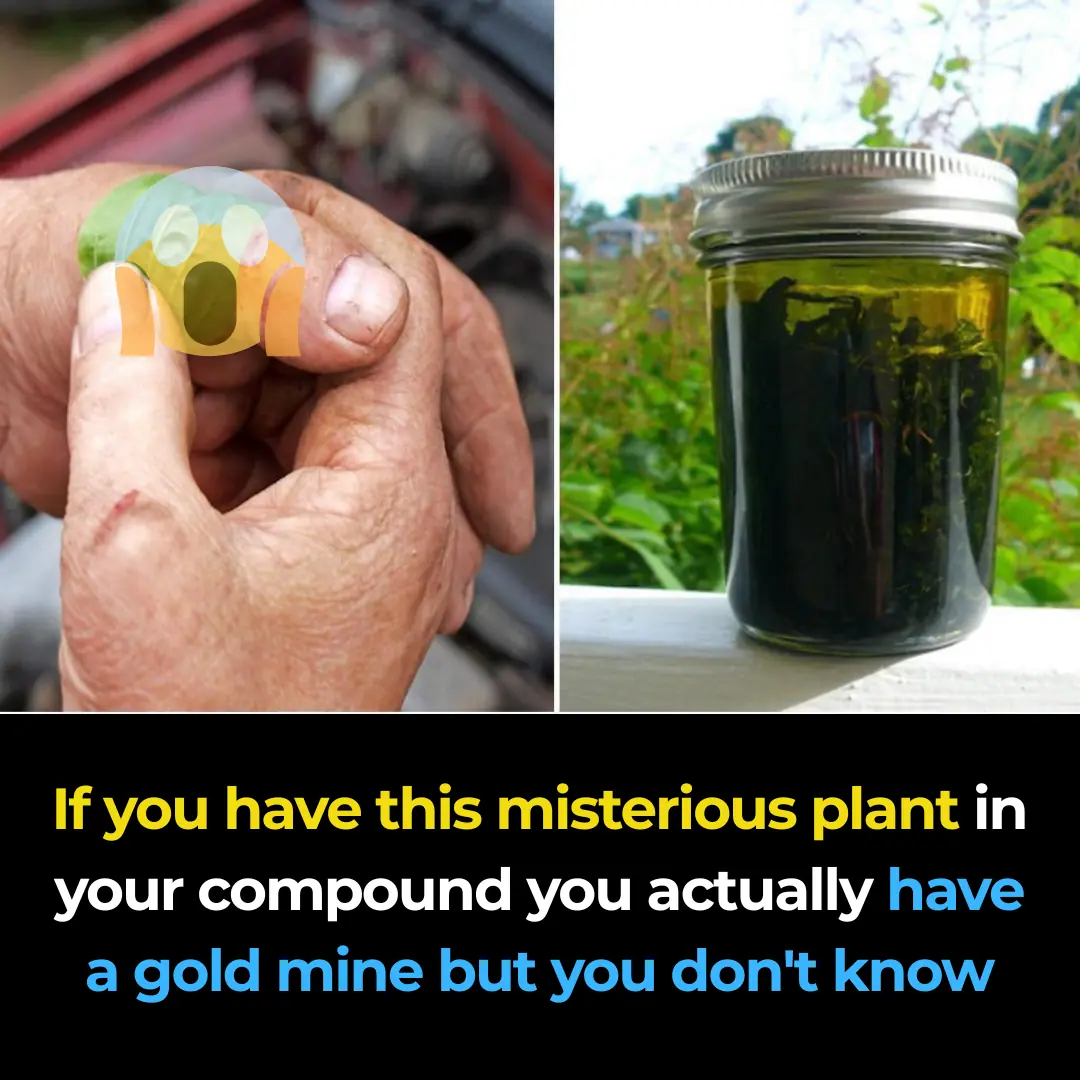
Fact & Health Benefits of Ribwort Plantain
